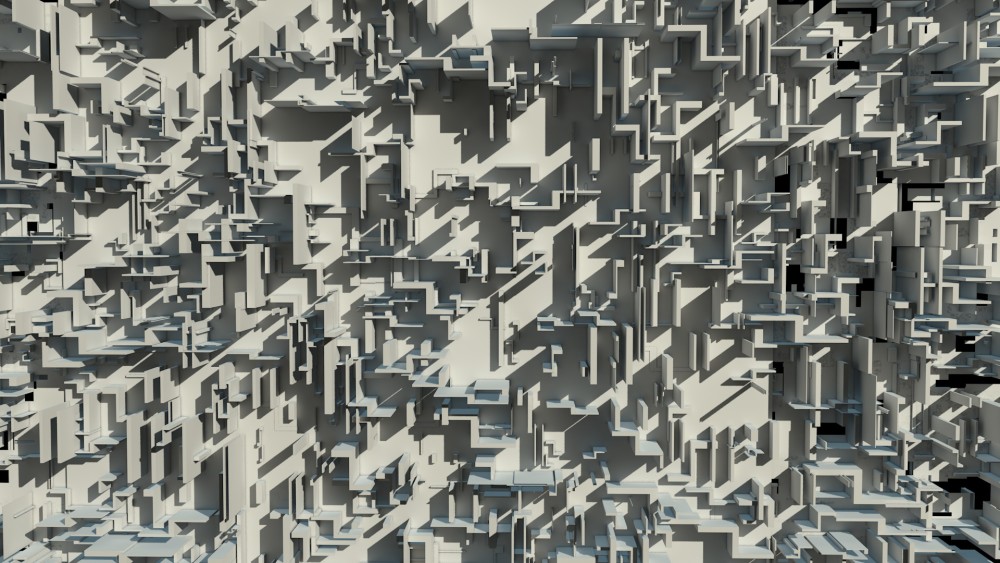
I’m embarking upon an Animation Installation entitled A Labyrinth of Ruins.
It will be part of a wider body of work on the Architecture of Melancholy, dealing with constructing spaces that lament a present in ruins, such as within Apodemy (2012) and The Violet Hour (2014). The project would be an interactive piece inviting the viewer to construct her own choreographic narrative while traversing a virtual space.
There’s a thrill to getting lost, a delight in wandering into a mystery. A labyrinth is perfect as a geometric system of symmetrical qualities and mathematical structure. Yet, imperfect in its original intent to confuse, entrap and to go against some of the Architecture’s primary purposes: shelter, protection and comfort. Instead, the labyrinth is formed out of restrictions, a prison even.
A ruined labyrinth changes everything: Unexpected solutions may be revealed, with broken down walls forming new routes. But the broken floor may lead to a fall, the wall may crumble on our heads. The Minotaur, also deteriorating, is lurking at the wrong turn, a dangerous relic.
DRIVE was the perfect opportunity to explore this project deeply, and find my way through trial and error. I was particularly excited about being part of a group of artists, with meet ups and opportunities to share our work and experience. Often, one embarks on a project in a bit of a hurry, without enough time and support to delve deep – thought DRIVE I knew that I would be moved and intrigued throughout.
Through this blog, I hope to share my adventures into the labyrinth, which already has me pleasantly confused: What does the labyrinth look like? How does it work? Where will it take me to?
Working with 3D animation and aiming to create an interactive piece, the initial answer seems to be digital modeling, such as in the examples below which were created in Cinema 4D.
A simple, pristine labyrinth is satisfying in its plainness, a space to get lost in. And yet, is this blank canvas overtly sci-fi?
My childhood memories are of exploring old houses, opening doors that led to slightly musty rooms, with trunks and windows leading to overgrown gardens. Growing up in Greece offered a mix of modern urban flats, 30s town houses and summers in Arcadia, amongst old crumbling houses. Thinking about the project, I shot video in August 2015, documenting a house that’s been left to the elements.
Is this part of the labyrinth? Or could there be a hybrid of the captured ruins and the crafted 3D?
My main purpose is to escape the straight linear character of my short films and construct a more fluid experience, that the viewer can affect and be affected by. My first endeavour into interactive work was in 2014 for Action Field Kodra’s Cyber Arts Space. Babis Venetopoulos invited me to create a new piece, meant to be experienced online. With the help of George Venetopoulos (coding), we turned Apodemy into a virtual driving ground, allowing the viewer to move freely in part of the space where I had once set the cameras for the film. The journeys that I had taken, in the constructed 3D space, could be experienced non-linearly by anyone. While making Apodemy, which was my first work in 3D, I had been able to enter my own vision and navigate a landscape, so this new project opened new roads both for the film, myself and the viewers.
For the Labyrinth of Ruins, I’m aiming to take the work out of the screen and into gallery space. My starting ideas are of a projection affected by a motion sensor/camera that translates the viewer’s movement into triggering actions. The technical possibilities are labyrinthine, but I wish to create a piece that’s minimal and allows the viewer to explore it as free as possible from self-consciousness. My own experiences of interactive digital work have often been marred by a feeling of becoming a spectacle, rather than immersing myself.
A most pressing question is, how do you move forward into projected space, whilst standing still? Could the space be a series of rooms, rather than corridors one walks in? Does one navigate the space or the narrative, or both?
By asking questions in my own practice, responding to those that arise in the meet ups, as well as through the mentoring and this blog, I’m thrilled to be finding out.
next post artist page



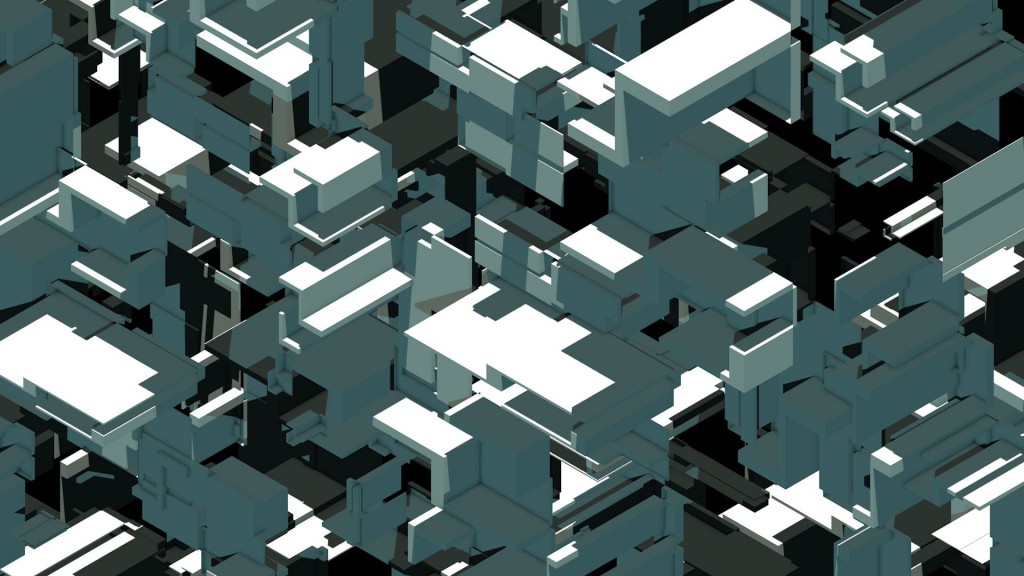
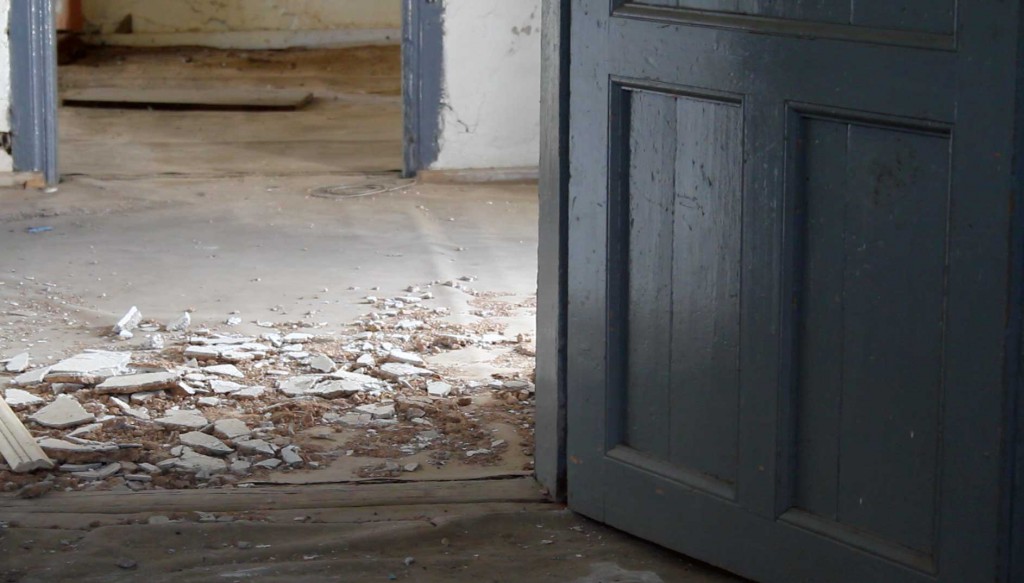


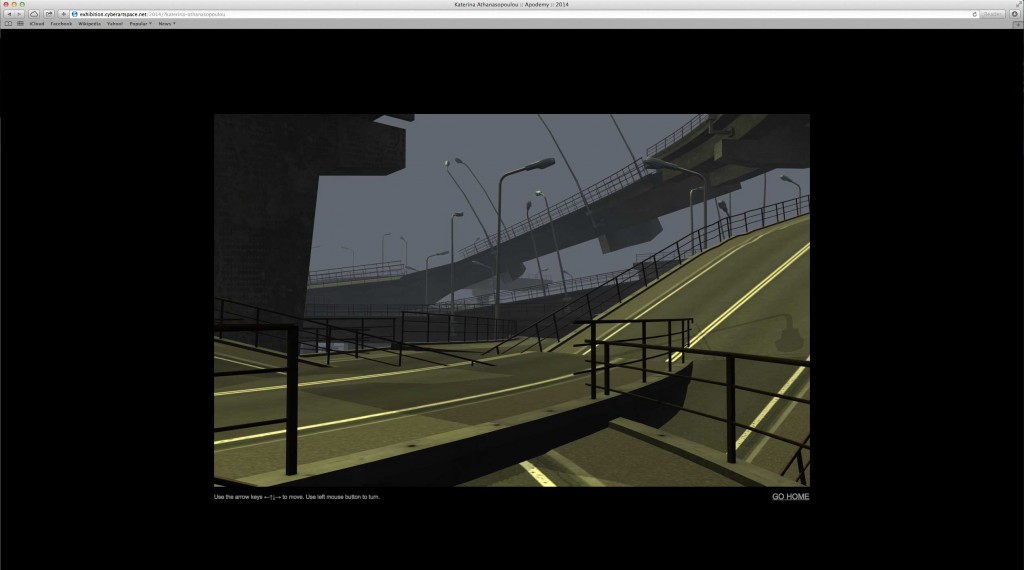
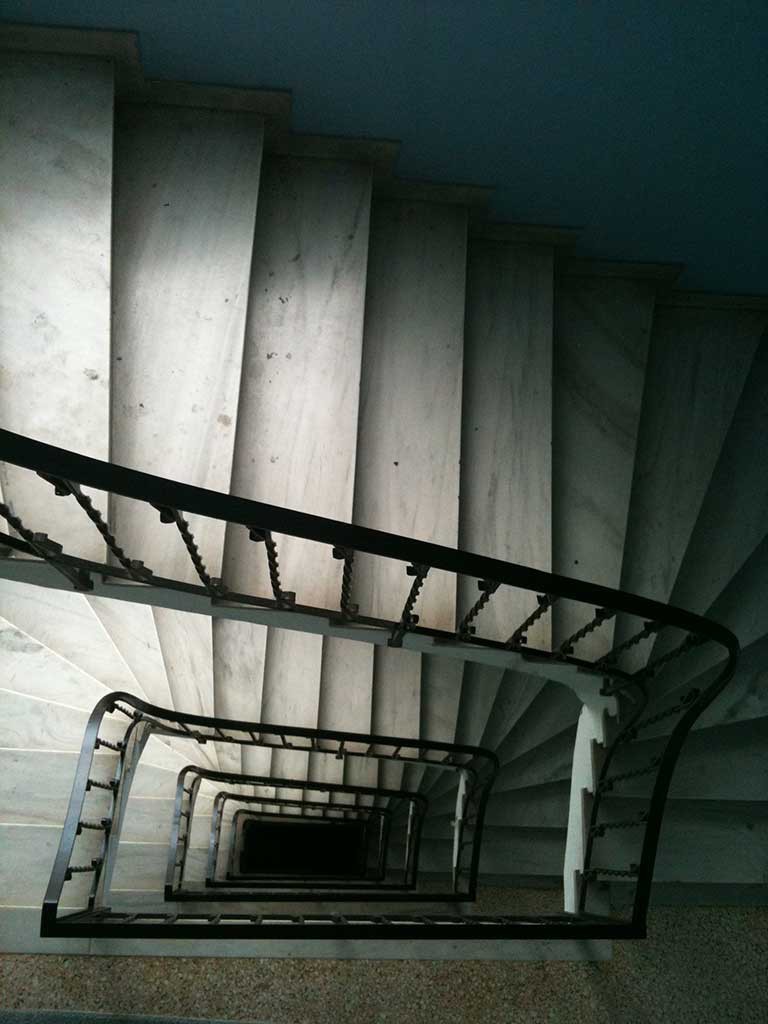
Sorry, the comment form is closed at this time.